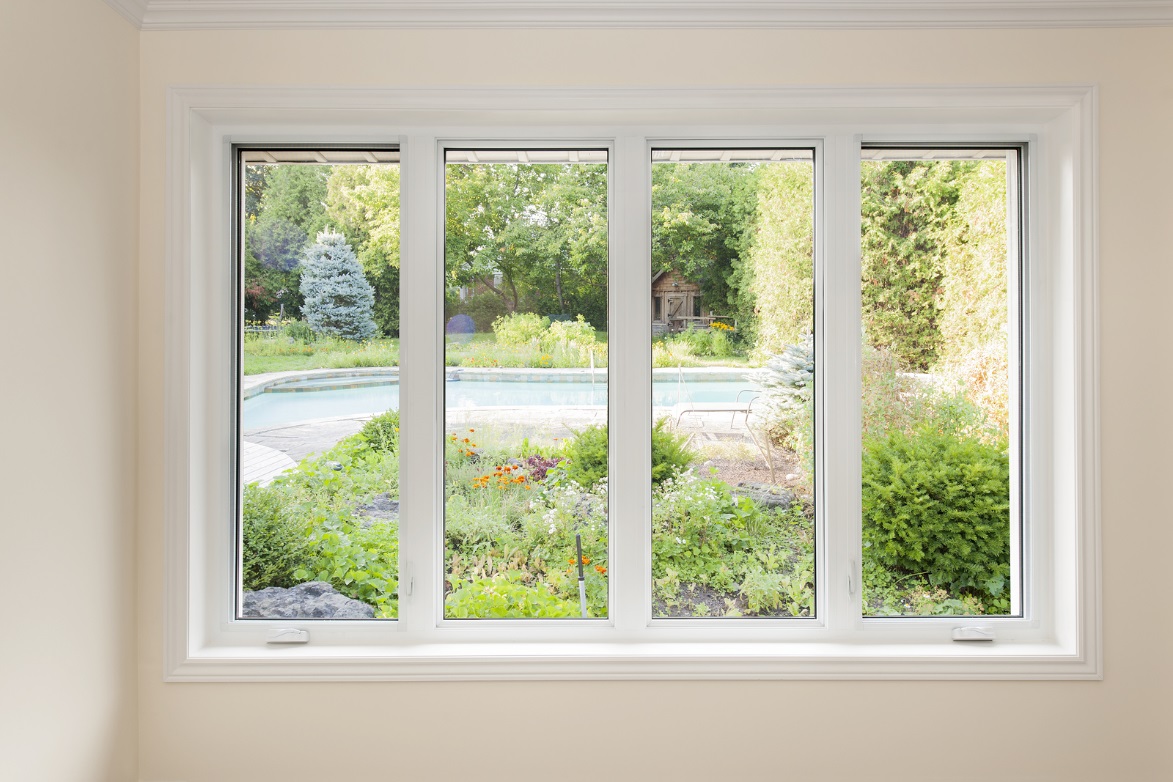There are many reasons to open your room to the outside world. Large, uncovered windows bring nature into the house and offer enough air and daylight to create a pleasant ambience. However, in order to properly perform these functions, the windows must be robust and strong.
Proper windowing can be a serious investment, but choosing energy efficient windows will make your space significantly less prone to weather shifts.
Did you think that windows are sometimes responsible for 50 percent of the entire heating / cooling load in your house? The ability of your windows to withstand outside temperatures depends on their placement, size and material. So if you neglect damage or lack of insulation, it can lead to significant energy losses.
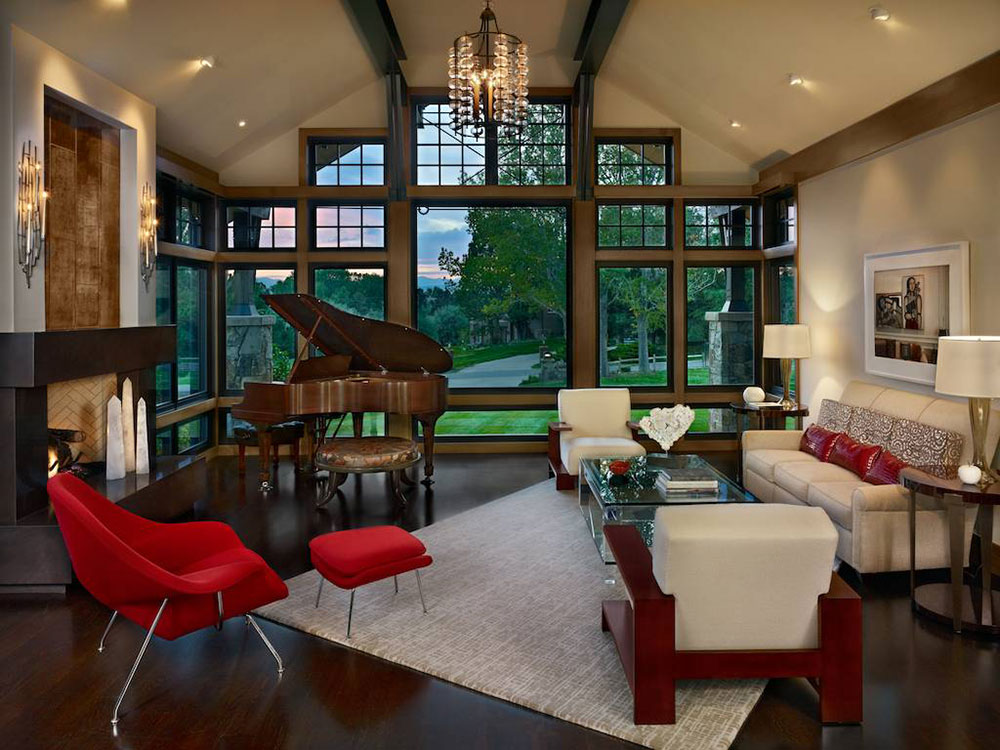 Image source: Ekman Design Studio
Image source: Ekman Design Studio
Energy efficient windows can keep your space warm in winter and cool and fresh in humid summer seasons. In principle, investing in good windows could lower your consumption costs. Chances are you’ll forget the last time you turned on your conditioner.
There are many ways to transform your home into an energy efficient haven, and replacing your windows is a great way to get started. Before making a decision, familiarize yourself with the technical side of this system and read our tips on choosing energy efficient windows.
Energy efficient windows
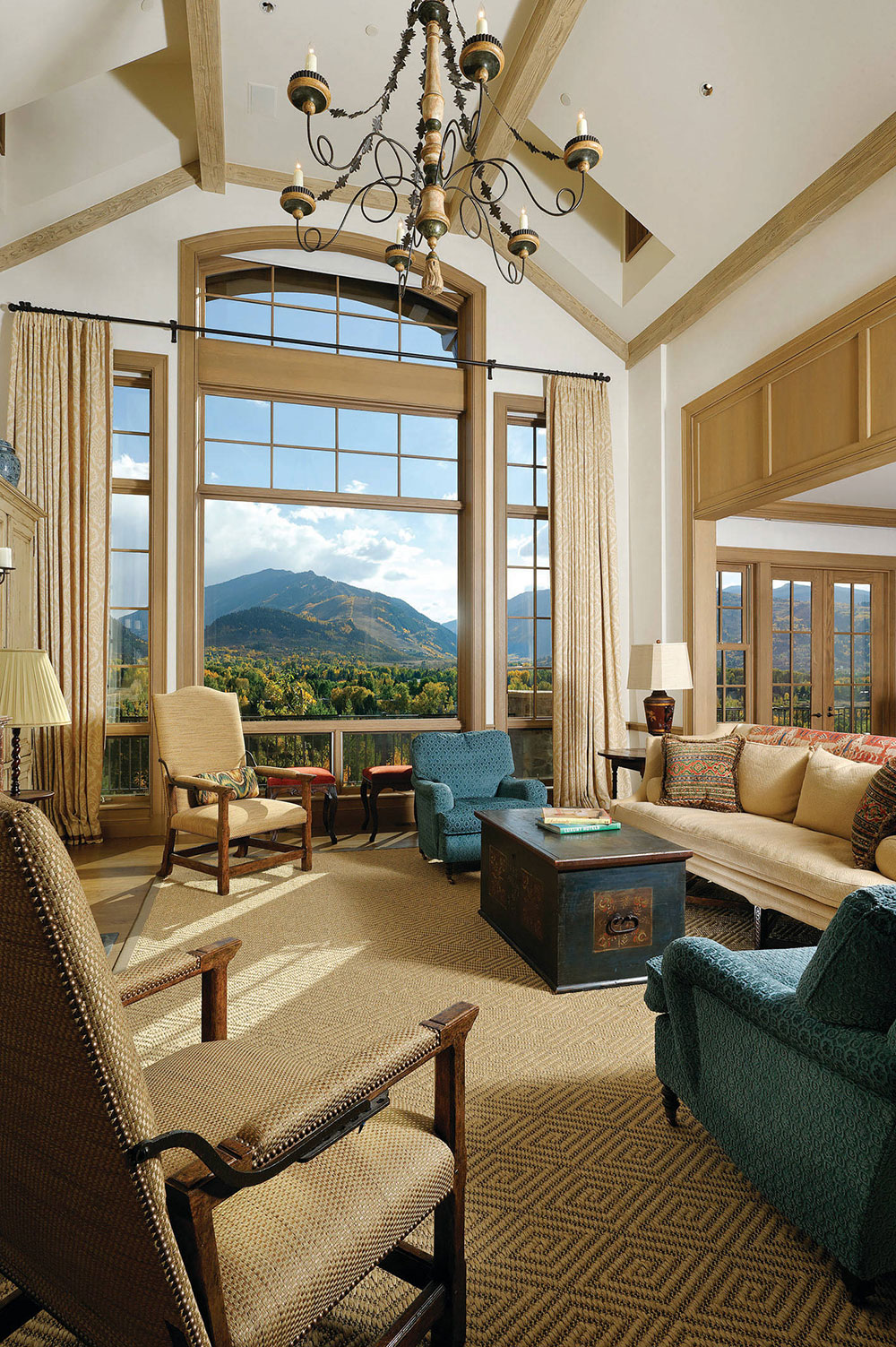 Image source: David Johnston Architects
Image source: David Johnston Architects
The term refers to double-glazed windows with two separate panes of glass and a gap between them. The gap should act as an isolating obstacle that “collects” heat / coolness and prevents it from getting inside. It can be empty or filled with gas. Sometimes people choose triple-glazed windows, even if it isn’t necessarily a better solution.
A suitable framework
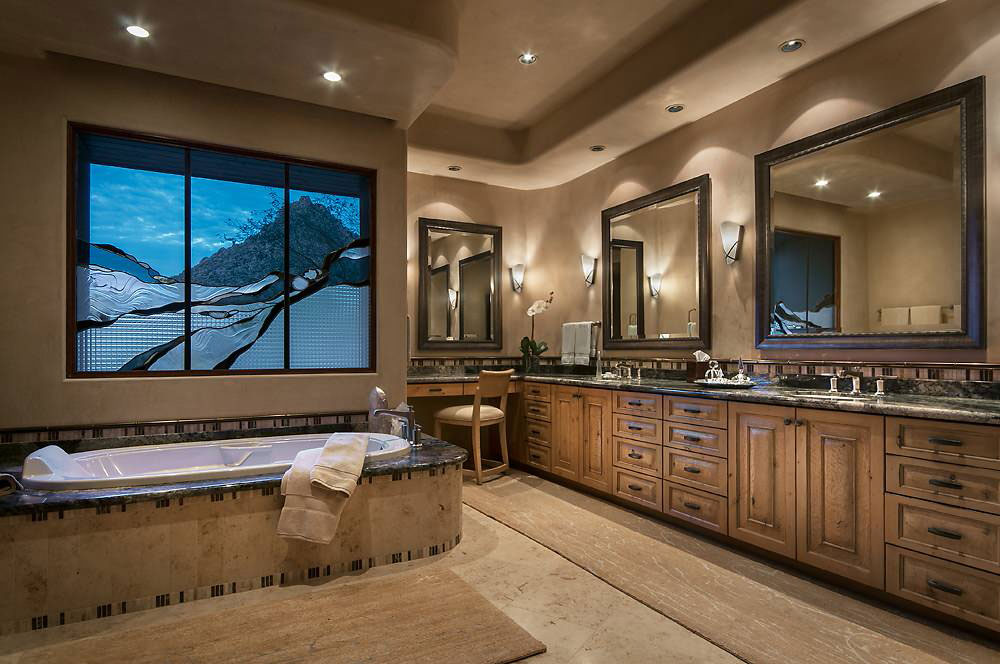 Image source: Design Directives, LLC
Image source: Design Directives, LLC
Glass isn’t the only feature to consider when making energy efficient windows. Frames also play a significant role, mostly in terms of isolation and utility. Most people choose wooden frames because they believe they are less prone to temperature transfers. However, we would also recommend metal (aluminum) and vinyl. At the end of the day, you are free to choose what material you like or can afford.
Vinyl Frames (PVC): Vinyl frames are made with fiberglass insulation, which makes them a more efficient solution than wood. Plus, they’re much cheaper and have a great lifespan. However, they are not recommended by environmentalists who dislike the use of non-biodegradable materials and who claim that PVC production creates toxins.
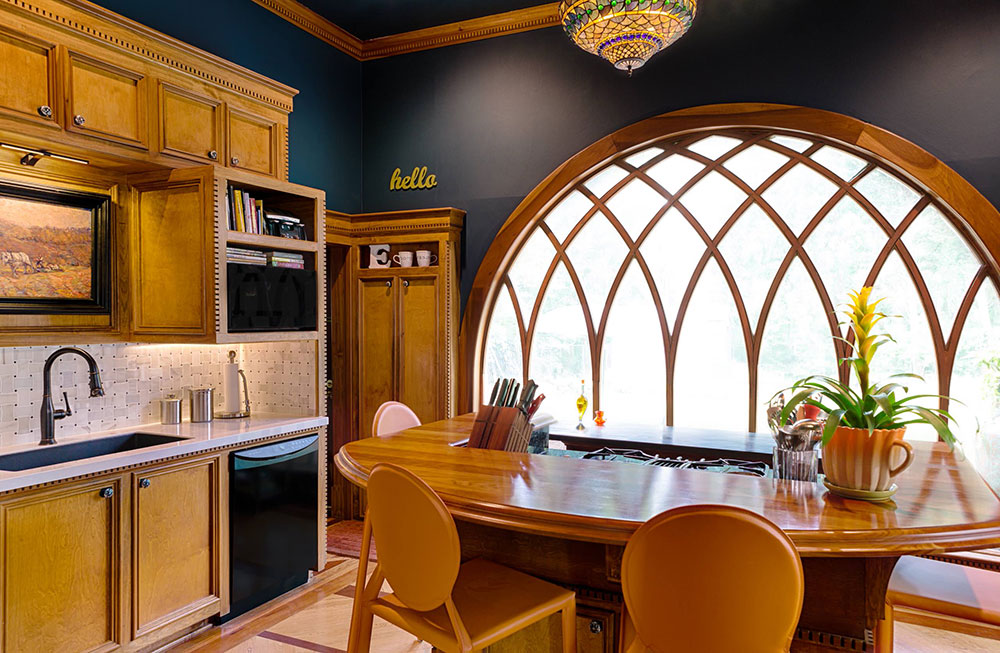 Image source: For trade only
Image source: For trade only
Wooden frame: For some people, wood is the most valuable insulation solution money can buy. While they are really engaging, durable, and efficient; They are much more difficult to maintain than vinyl or metal.
First of all, they have a natural rot potential and are not really applicable in damp and rainy areas. However, it all depends on how you take care of them: you can always choose expensive species and not lose focus on their good shape.
Aluminum frame: Given that metals conduct heat, it can be said that aluminum is a less efficient option. However, there is hardly anything that is as impervious to rot, moisture or an insect as aluminum. The only place you really should avoid is in coastal areas as it is very prone to sea air corrosion.
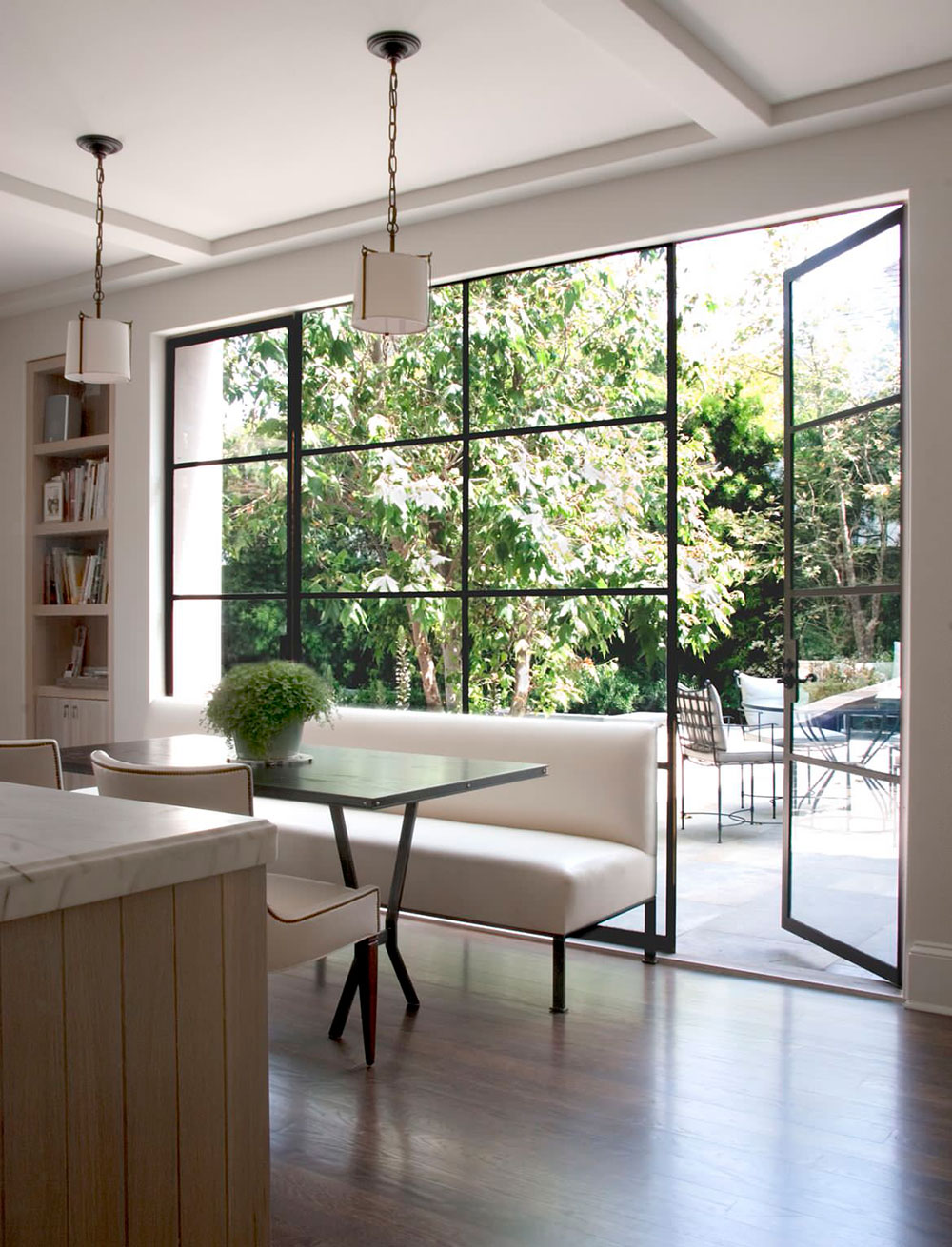 Image source: Studio William Hefner
Image source: Studio William Hefner
Wood-clad frames: These frames are a combination of an easy-to-maintain exterior (aluminum or vinyl) and a solid, temperature-resistant wood interior. This type of window works great when reinforced with rocker pans (flashing assemblies) or waterproof rubber frames on the siding to keep water out.
They should also be properly installed to prevent water retention or sill / post rotting. In any case, make sure that moisture penetration does not go so far as to damage the entire window.
Fiberglass Frames: Both fiberglass and wood polymer are popular options for high efficiency window compositions. They have an admirable insulating power and at the same time are stronger than vinyl (especially if they are reinforced with foam to support their thermal properties). An additional benefit is the reasonable price.
However, fiberglass windows seem to be more popular in commercial buildings than in private homes, mostly for environmental reasons. The thing is, they cannot be easily recycled and are made by an energy consuming process. However, if you had decided to use them, don’t worry as they are very durable and there will be little need to replace them anytime soon.
glazing
One of the reasons aging windows fail to perform is because their glass is not “glazed”. As we know, glass is a thin and fairly harmless material made from silicon dioxide (sand). In order to be more solid, windows need to be “glazed” with multiple layers of glass (there are double, triple or even quadruple options).
Another thing to note is that not every type of glass has the same insulating power. The best choice is low e-glass, which is coated with invisible metal oxide on the inside. E-glass windows are the most efficient solution as they transmit both heat and sunlight, but limit the amount of warm air that can get outside.
Multiple layers
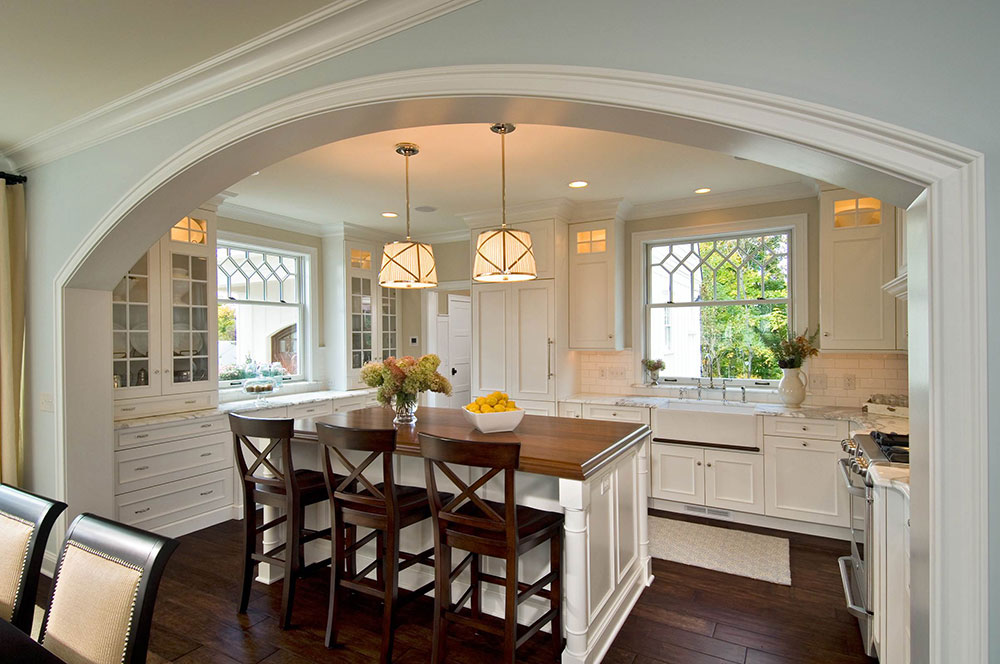 Image source: Witt construction
Image source: Witt construction
As already mentioned, energy-efficient windows have to be considered at least twice. The more coats you apply, the more insulating power you get (along with a serious reduction in noise pollution).
Argon gas between the panels
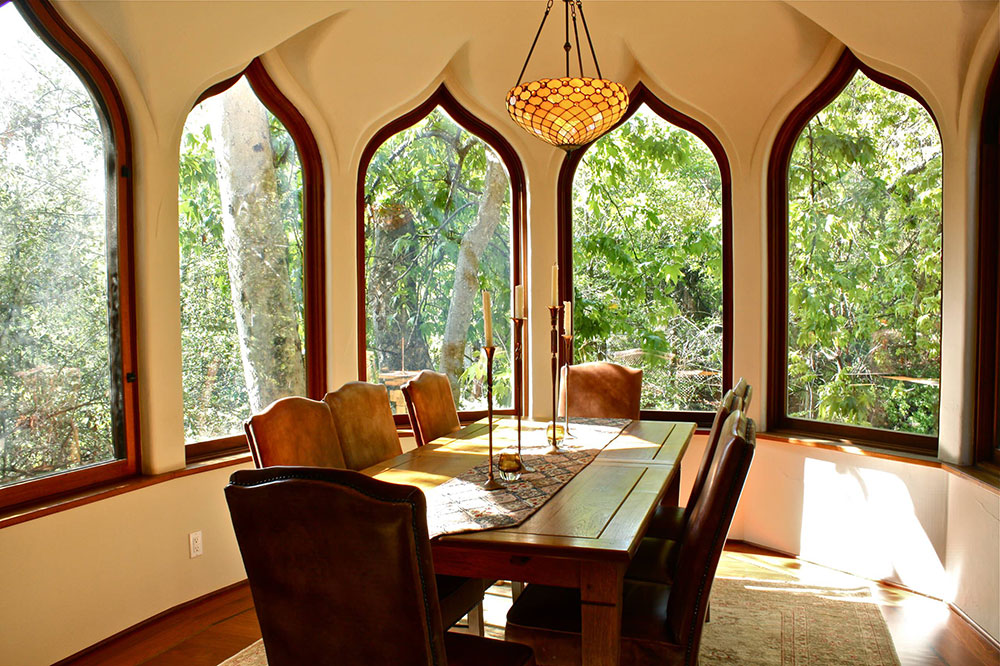 Image source: Shannon Malone
Image source: Shannon Malone
Sometimes the space between the two plates is filled with non-toxic argon, an odorless gas that protects your space from freezing and condensation. Gasified windows tend to prevent air from penetrating the interior and compensate for temperature fluctuations in the room. What’s even better is that the presence of argon gas will completely soundproof your windows.
Don’t forget the edge spacers
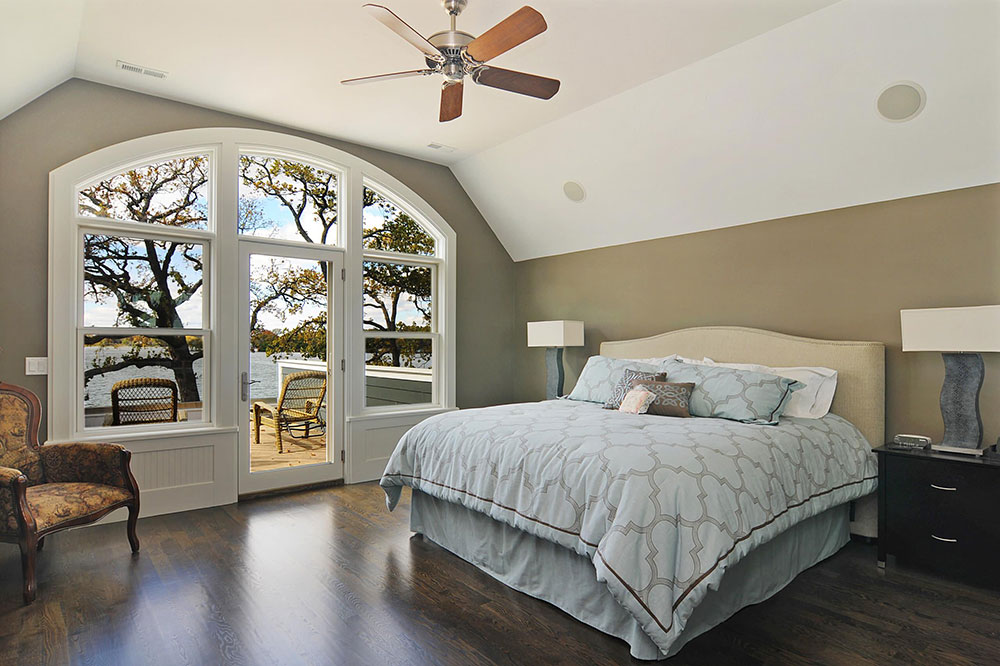 Image source: A. Perry Homes
Image source: A. Perry Homes
Each edge of your windows should be surrounded by pane spacers that separate panes of glass. In order for spacers not to affect energy efficiency, they should not contain metal (or at least a very small amount of it).
Make the windows as wide as possible
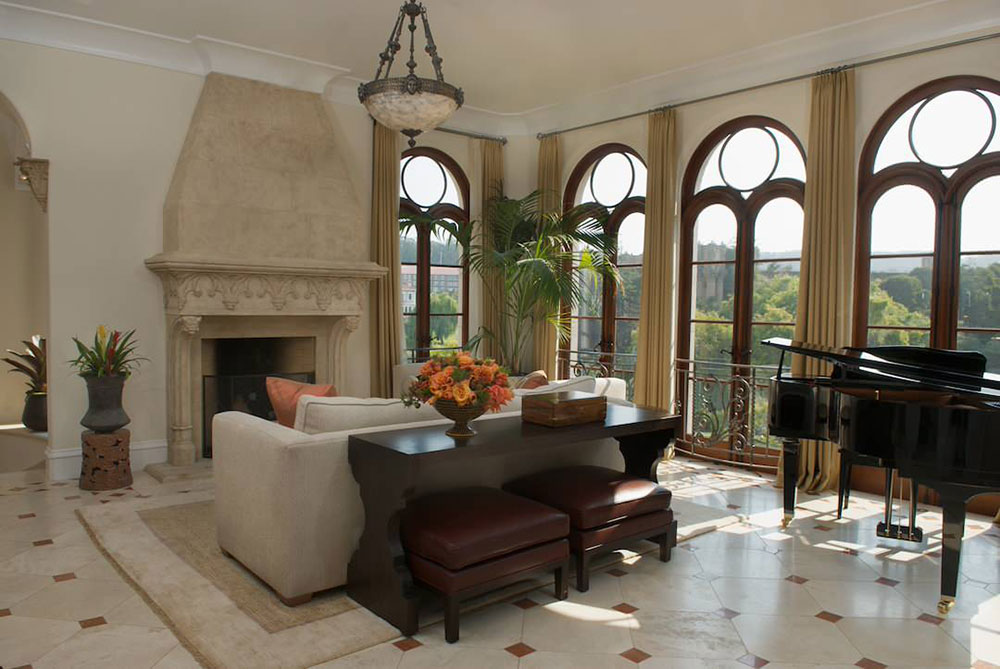 Image source: Ed Ritger Photography
Image source: Ed Ritger Photography
The trade secret of double glazed windows is that they have two panels with a large air space between them. This means that a lot of warmth / coolness can be held there and prevented from going in. Hence, you can afford to have wide and stunning windows without having to worry about energy efficiency.
Installation and guarantees
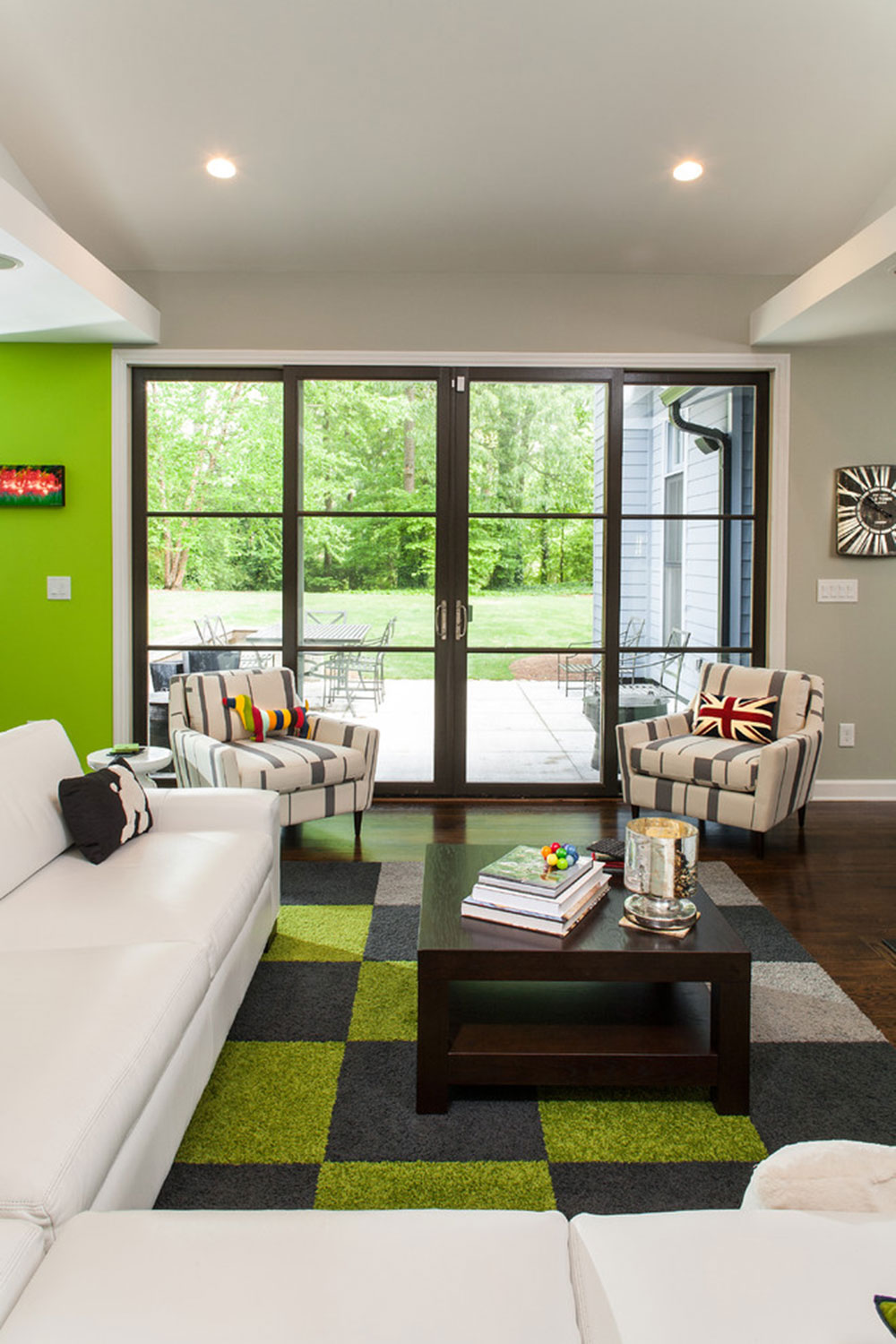 Image source: Renewal design build
Image source: Renewal design build
Manufacturers know the importance of proper energy-efficient windowing, which is why they offer attractive packaging with various guarantees (especially against loss of the airtight seal). Find a good manufacturer and make sure they have an experienced team of installers who can do the “hardest” part of the job.
Your greatest advantages
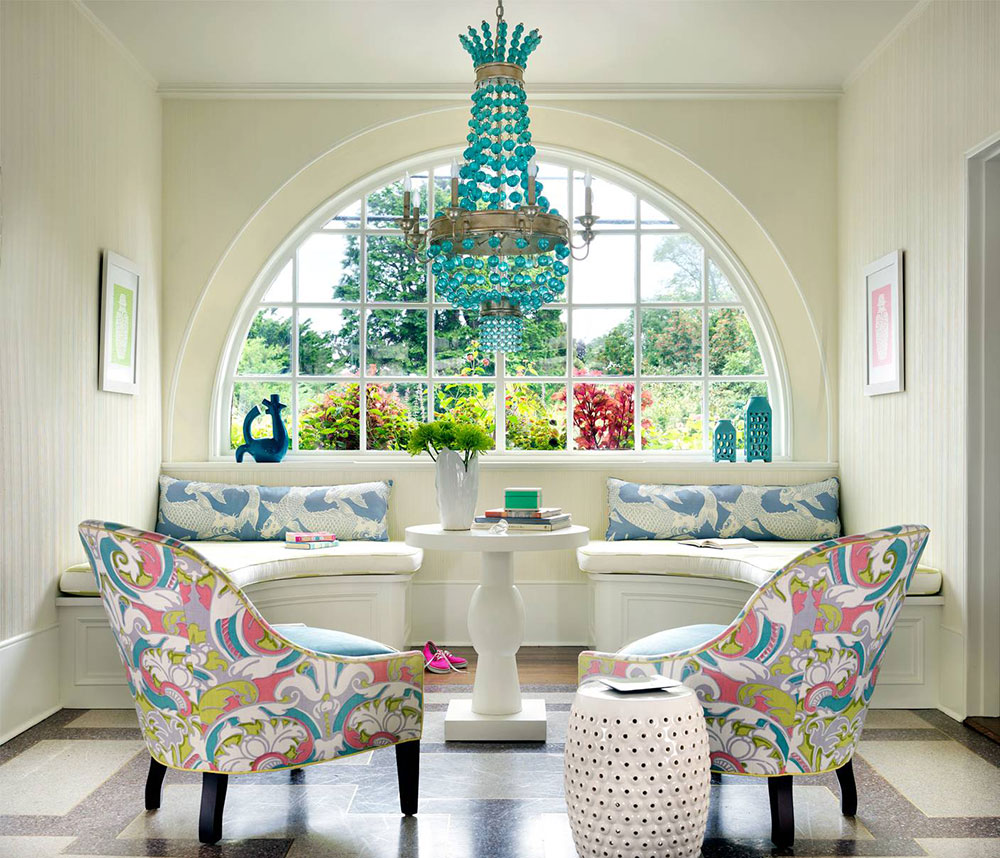 Image source: Digs Design Company
Image source: Digs Design Company
First of all, energy-efficient windows help you protect your room from temperature changes. As a result, you spend significantly less on heating and air conditioning. That’s why we call it “a long-term investment”.
Another advantage is that energy-efficient windows are modern solutions that make the room more comfortable. Proper insulation has “side effects” such as: B. less fading of furniture / fabrics, less condensation and more light every day.
Things to remember
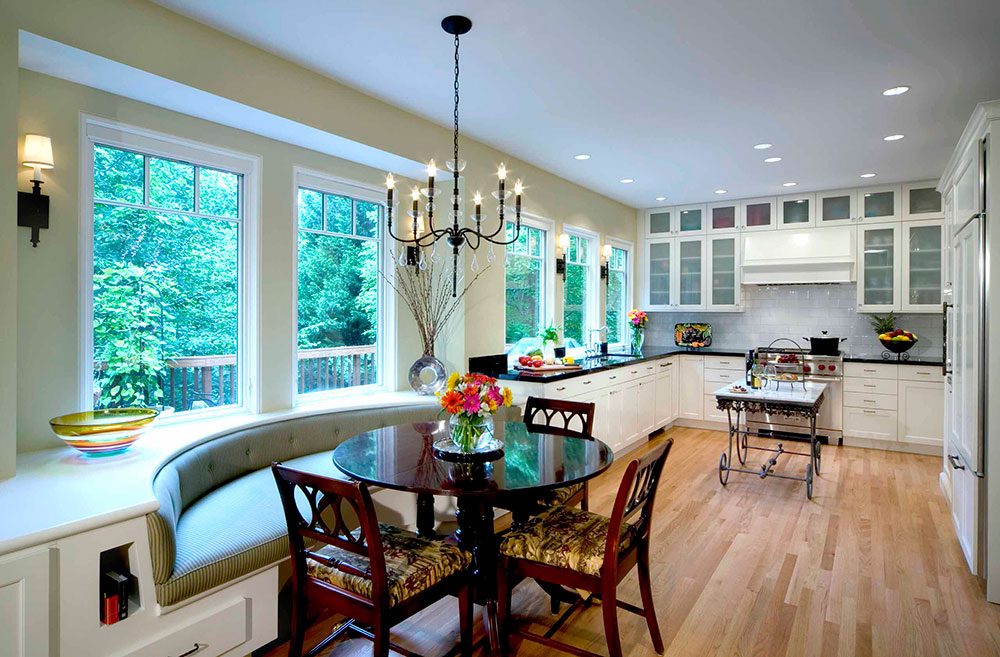 Image source: Anthony Wilder Design / Build, Inc.
Image source: Anthony Wilder Design / Build, Inc.
Buying energy efficient windows will not be successful without the following considerations:
- Compliance with the climate
- U-factor calculation that will help you estimate the warmth / coolness you are losing at home (0.30 or less)
- The Solar Heat Gain Coefficient (SHGC) measures the amount of solar radiation that enters the room (again 0.30 or less).
Regardless of your climate, you shouldn’t hesitate to replace old windows with energy efficient ones. They look good and save money and energy in the long term.
 Flower Love
Flower Love
